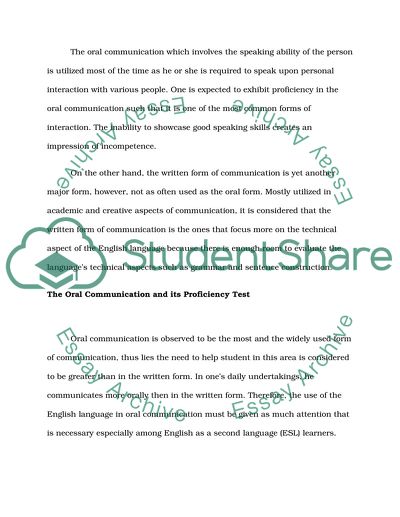Cite this document
(Oral Communication Assessment in ESL Students Research Proposal, n.d.)
Oral Communication Assessment in ESL Students Research Proposal. Retrieved from https://studentshare.org/education/1706310-literature-review-in-the-field-of-second-language-testing
Oral Communication Assessment in ESL Students Research Proposal. Retrieved from https://studentshare.org/education/1706310-literature-review-in-the-field-of-second-language-testing
(Oral Communication Assessment in ESL Students Research Proposal)
Oral Communication Assessment in ESL Students Research Proposal. https://studentshare.org/education/1706310-literature-review-in-the-field-of-second-language-testing.
Oral Communication Assessment in ESL Students Research Proposal. https://studentshare.org/education/1706310-literature-review-in-the-field-of-second-language-testing.
“Oral Communication Assessment in ESL Students Research Proposal”, n.d. https://studentshare.org/education/1706310-literature-review-in-the-field-of-second-language-testing.


